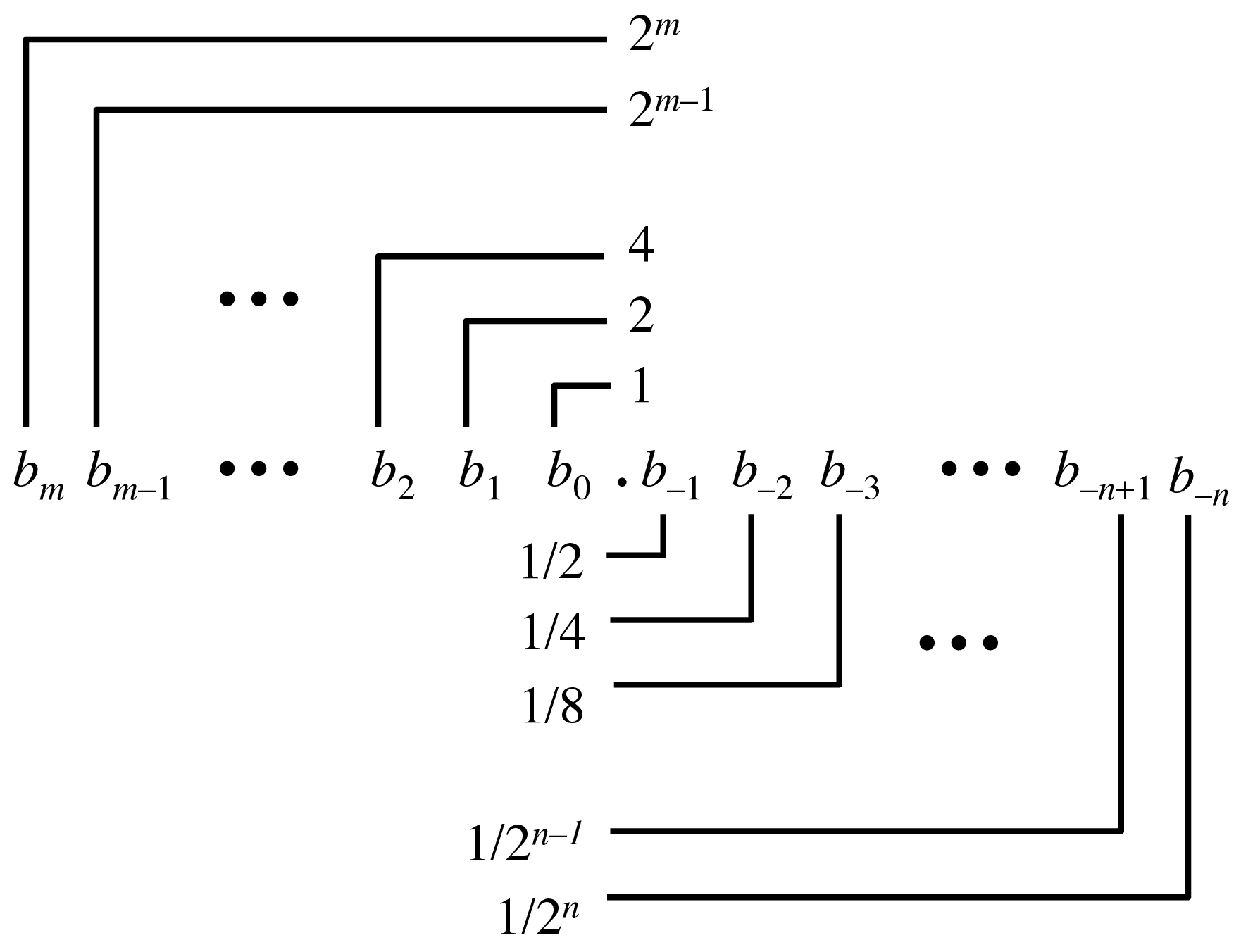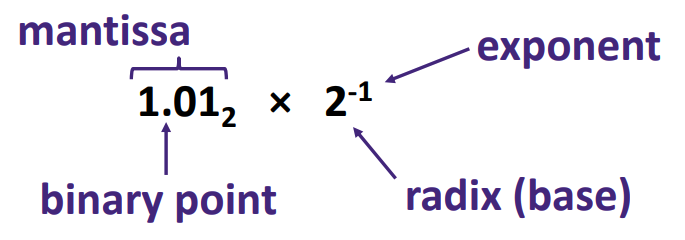CS 208 w20 lecture 5 outline
1 malloc and string.h
1.1 Every call to malloc should have a corresponding call to free
- Each
malloccall, assuming it succeeds, acquires a new chunk of memory from the operating system, returns a pointer to this chunk free(p)lets the operating system know that the chunk pointed to bypis now available for other programs to use- For lab 0: every call you make to
mallocshould have a matching call tofreeinq_free- Dereferencing freed memory has undefined behavior, so you need to save anything you might need before freeing
1.2 The C string library
#include <string.h>gives you access to some useful functions for working with C strings- http://cplusplus.com is an excellent source of documentation
strlen(s)returns the length of the string (char *)s, not counting the null terminatorstrcpy(dest, src)copies the string atdesttosrc(both arguments are of typechar *(pointers to the start of achararray)strncpylets you provide a maximum number of characters to copy
2 Fractional Binary Numbers

- Example
0b10.1010= \(1\times2^1 + 1\times2^{-1} + 1\times2^{-3} = 2.625\) - Exercise: what's the closest we can get to 1/3 with 6 bits?
.010101(1/4 + 1/16 + 1/64 = 0.328125)
| fraction | decimal |
|---|---|
| 1/2 | 0.5 |
| 1/4 | 0.25 |
| 1/8 | 0.125 |
| 1/16 | 0.0625 |
| 1/32 | 0.03125 |
| 1/64 | 0.015625 |
2.1 Scientific Notation
2.1.1 Base 10

2.1.2 Base 2

Computer arithmetic that supports this called floating point due to the "floating" of the binary point
2.1.3 Normalization
- In this notation, normalized form means having exactly one non-zero digit to the left of the decimal/binary point
- There are multiple ways to represent one billionth (1/1,000,000,000) in base 10:
- Normalized: \(1.0\times10^{-9}\)
- Denormalized: \(0.1\times10^{-8}\), \(10.0\times10^{-10}\)
3 IEEE Floating Point
- We will not cover all the complexities of a 50-page standard
- Saved us from the wild west of every manufacturer designing their own
- What do we want from a floating point standard?
- Scientists/numerical analysts want them to be as real as possible
- Engineers want them to be easy to implement and fast
- Scientists mostly won, floating-point operations can be several times slower
- Basic idea: represent numbers in binary scientific notation
3.1 Representation
- \(V = (-1)^s \times M \times 2^E\)
- sign \(s\) indicates positive or negative (sign bit for 0 is special case)
- significand \(M\) fractional binary number between 1 and \(2 - \epsilon\) or between 0 and \(1 - \epsilon\)
- exponent \(E\) weights by a power of 2 (can be negative power)
- Exercise: with 1 sign bit, 3 exponent bits, and 2 significand bits, how close can we get to 1/3
- treat exponent as 3-bit two's complement integer, treat significand bits as fractional part \(f\) of the binary number \(1.f\)
0 110 01(sign exponent significand) yields \(1.25 \times 2^{-2} = 0.3125\)- not as close as with a 6-bit binary fraction we could structure however we wanted, but an unstructured representation would require extra bits to locate the binary point